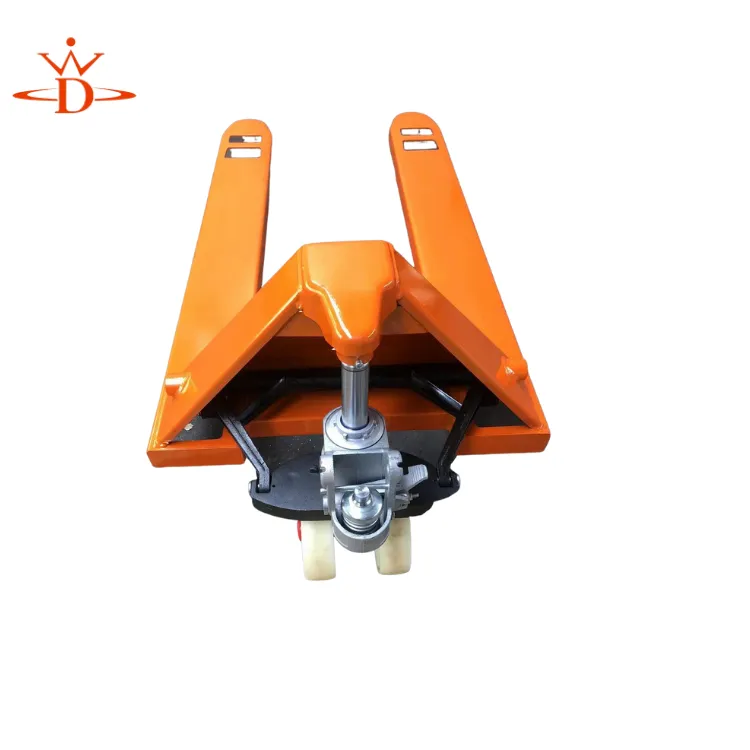Versatile Gantry Crane for Efficient Material Handling in Various Work Environments
The Evolution and Applications of Moveable Gantry Cranes
Moveable gantry cranes are pivotal in the world of heavy lifting and material handling. These versatile machines are designed to traverse large areas while providing stability and efficiency in various industrial applications. As industries continue to evolve, the importance of these cranes has grown, offering solutions that enhance productivity and reduce labor costs.
Design and Functionality
A moveable gantry crane typically consists of a bridge structure supported by two vertical legs that move along a set of tracks. This design allows the crane to cover extensive workspaces while maintaining the ability to maneuver materials efficiently. The flexibility of the crane’s movement is one of its most significant advantages, enabling it to handle various loads without the need for multiple lifting devices.
The most common configuration features a hoist mounted on the bridge, which facilitates the lifting and lowering of loads. This setup can be operated manually or through advanced automated systems, further enhancing operational efficiency. The ability to customize the crane’s height, width, and load capacity allows companies to tailor it to specific tasks, making it a valuable asset in various industries.
Applications Across Industries
Moveable gantry cranes find applications in numerous sectors, including construction, manufacturing, shipbuilding, and logistics. In construction, they are instrumental in lifting heavy materials, such as steel beams and concrete precast components, ensuring projects progress smoothly and safely. Their ability to navigate tight spaces and uneven terrain makes them particularly advantageous for construction sites where space is at a premium.
In manufacturing, these cranes play a critical role in assembly lines, providing a reliable means to move components between different production stages. This capability not only speeds up the manufacturing process but also reduces the risk of workplace injuries associated with manual handling of heavy materials.
moveable gantry crane

The shipbuilding industry also benefits significantly from moveable gantry cranes, as they can lift large components such as hull sections and engines with precision. Their mobility allows for seamless transitions between different stages of the shipbuilding process, enhancing overall efficiency.
In logistics, these cranes are invaluable for loading and unloading freight containers in ports and warehouses. Their ability to move along defined tracks means they can easily access multiple storage areas, streamlining the workflow and reducing the time taken to handle goods.
Advantages and Future Trends
The use of moveable gantry cranes offers numerous advantages, including increased safety, productivity, and cost-effectiveness. By reducing the manual labor required for heavy lifting, these cranes minimize the risk of worker injuries and improve overall workplace safety. Furthermore, their efficiency leads to faster project completions, helping companies meet tight deadlines and boosting profitability.
As technology continues to advance, the future of moveable gantry cranes looks promising. Innovations like remote control operation, real-time load monitoring, and enhanced automation are on the horizon. These developments will not only improve operational efficiency but also provide greater control and precision in lifting operations.
Conclusion
In conclusion, moveable gantry cranes are indispensable tools in modern industry, offering flexibility, efficiency, and safety across a variety of applications. As industries continue to adopt new technologies and seek ways to enhance productivity, the role of these cranes will undoubtedly expand. By embracing innovations and advancements, moveable gantry cranes will remain at the forefront of material handling solutions, contributing significantly to the success of numerous industries in the years to come.
-
Unlock Seamless Relocation with Our Heavy Equipment Moving ExpertiseNewsJun.06,2025
-
Unleash Unrivaled Flexibility with Our Adjustable Gantry CraneNewsJun.06,2025
-
Unleash Heavy-Duty Efficiency with Our Industrial Gantry Crane SolutionsNewsJun.06,2025
-
Revolutionize Steel Handling with Our Magnetic Lifter RangeNewsJun.06,2025
-
Master Equipment Mobility with Premium Machinery Mover SolutionsNewsJun.06,2025
-
Elevate Your Material Handling with Magnetic Lifter TechnologyNewsJun.06,2025
-
YS Permanent Lifting Magnets: The Smarter Way to Handle SteelNewsMay.22,2025
